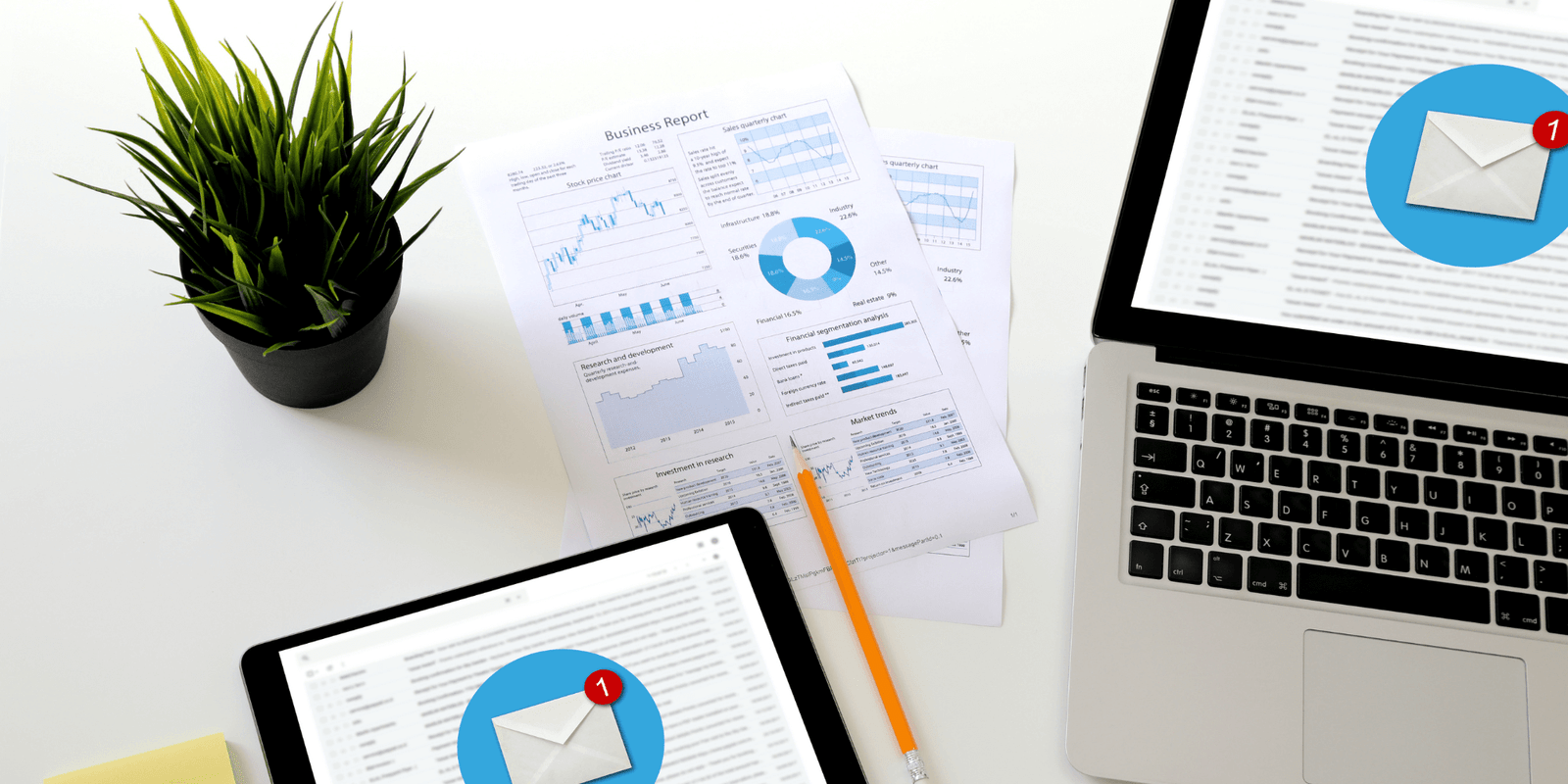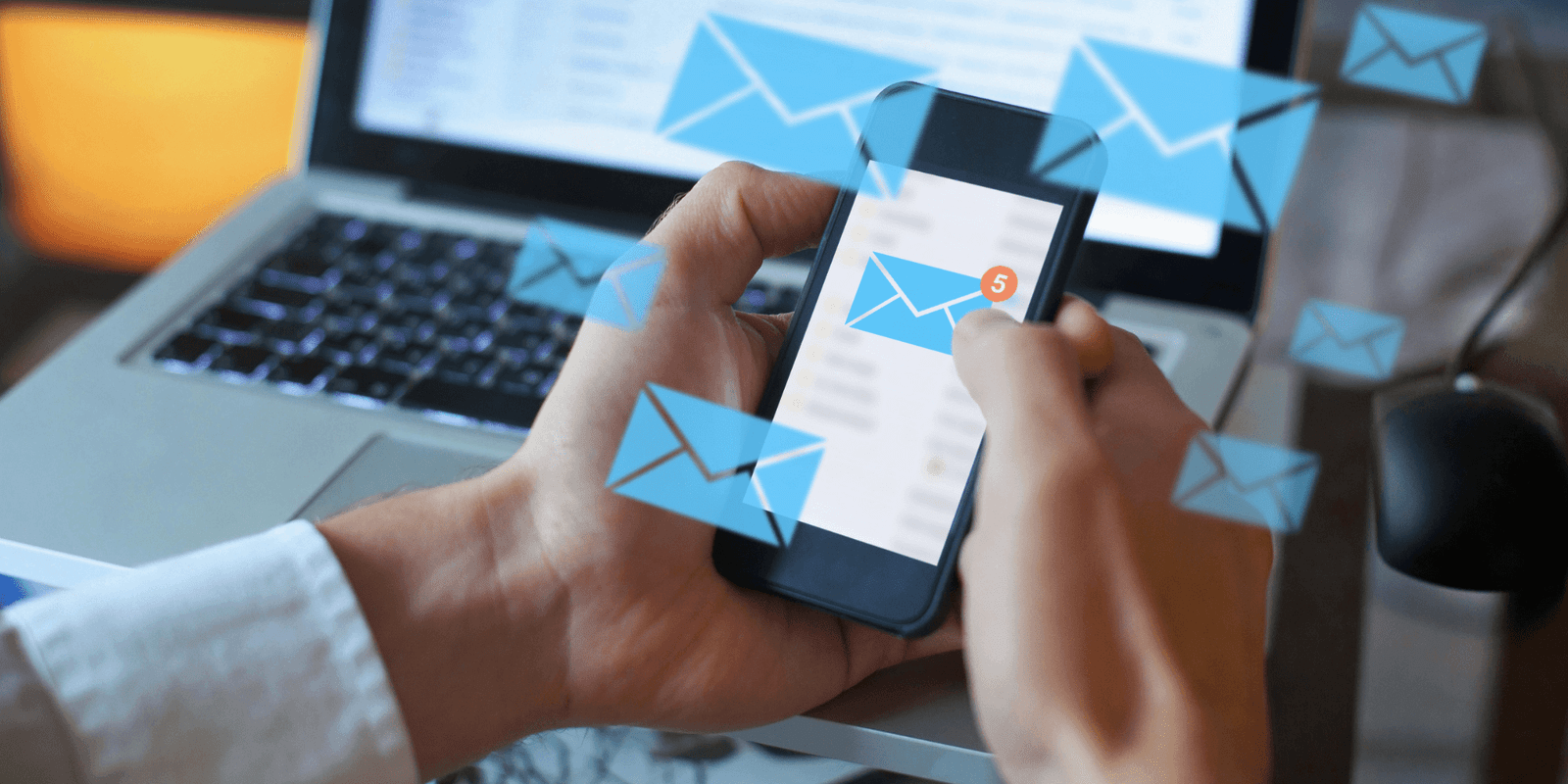7 Strategies for Email Marketing Success
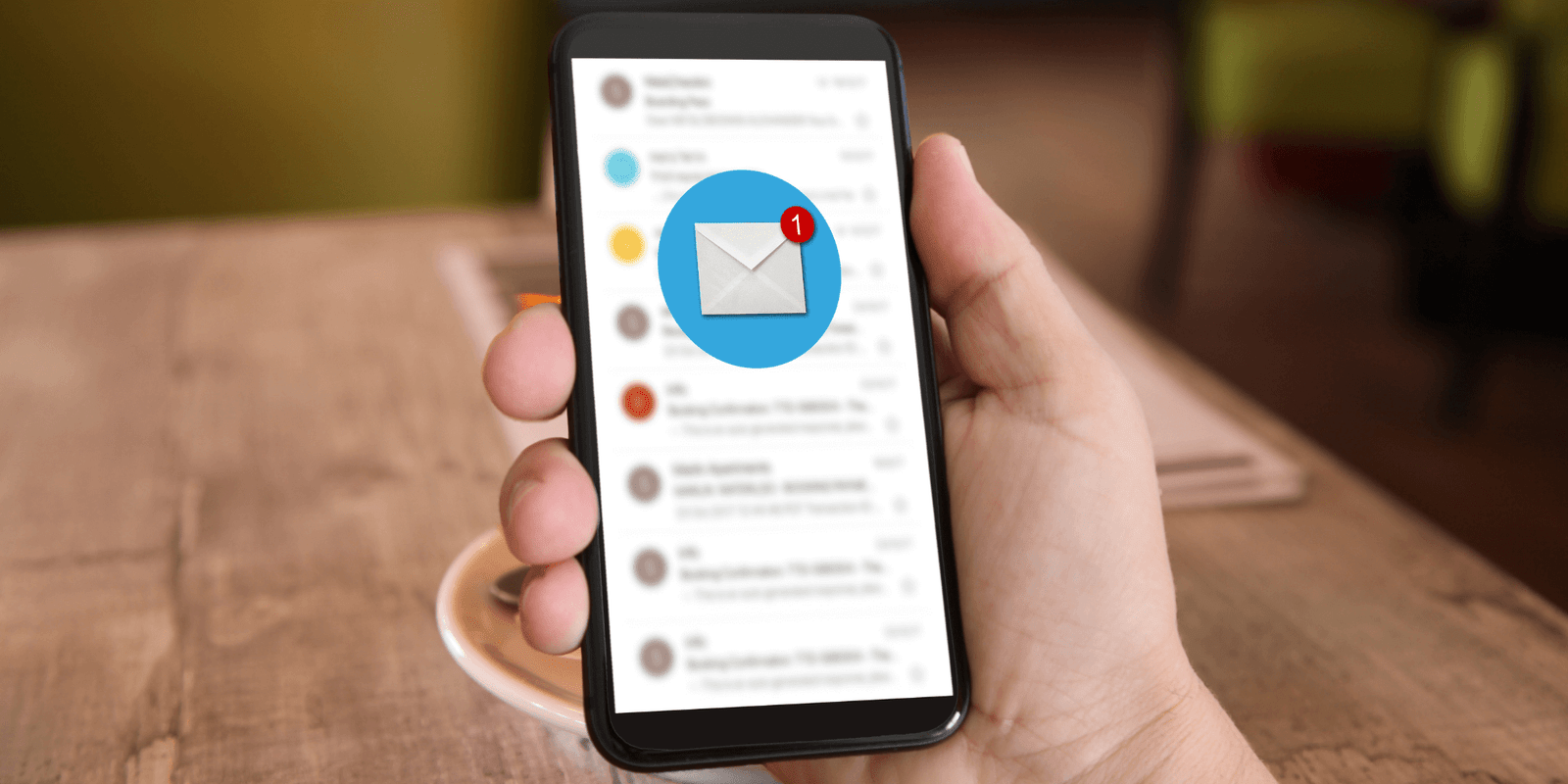
An effective email marketing strategy is a must-have for businesses and entrepreneurs that want to interact with their new and existing customers and sell their products and services.
But, with the abundance of emails that flood our inboxes every day, it can be a challenge to grab the attention of subscribers and not get lost among the crowd.
In this article, you’ll get some important email marketing tips and strategies you can use to engage with subscribers, build trust and increase conversions.
Whether you’re an expert email marketing manager or just getting started, these email marketing strategies can help you achieve success with your email marketing campaigns.
Strategies for Email Marketing
Here are my top seven strategies for email marketing to use today.
1. Use a Proven Email Marketing Platform
There are plenty of email marketing platforms to choose from. But, as you start to research each one, you’ll soon find big differences in price, quality and features.
Most email marketing software providers will give you the basics, including a way to collect email addresses and send emails out to the people on your list.
Many of the platforms will also give you a way to build landing pages. With this feature, you can have a simple landing page with a clear call to action for people to signup for your list.
With that said, the most important feature to focus on is email deliverability. The best email marketing software services put a lot of effort into ensuring your emails make it into your subscriber’s inboxes and not into their spam folder.
If you’d like to know which email marketing platforms have proven their deliverability, check out my Best Email Marketing Platforms article.
You’ll get a great list of platforms to choose from!
2. Attention Grabbing Subject Lines
Attention-grabbing subject lines are critical for the success of your email campaigns.
Think about it… The subject line is the first thing that your subscriber will see when they receive an email from you. A lackluster subject line is less likely to pique their interest and that could lead to your email not even being opened at all.
Therefore, subject lines play a critical role in determining whether the recipient will open your email or not.
Beyond that, a compelling subject line will be more likely to entice recipients to read what’s inside. And of course, the more people who read your email, the higher your chances of generating leads and sales from those emails.
Great subject lines can also encourage engagement. They help to engage the reader and encourage them to take action, such as clicking on a link or making a purchase.
So, not only do attention-grabbing subject lines improve click through rates when opening emails, but they also positively affect the CTA (call to action) click through rate inside your emails.
Now, we don’t want over-the-top, click-bait-like subject lines in our emails. That doesn’t build trust.
A clear, honest and relevant subject line, however, can build trust with your subscribers. In turn, they will come to know that your emails offer value and are worth reading.
Differentiation and Unique Subject Lines
A unique subject line can help your emails stand out from the plethora of daily emails that your subscribers receive, increasing the chances that they will open and engage with your email. This is another important factor in getting your emails read.
So, now that we’ve covered the importance of subject lines that grab people’s attention, let’s talk about the factors to consider when creating an attention-grabbing headline:
- Create Curiosity. A subject line that creates curiosity can entice recipients to open the email and learn more. By piquing their interest, you can encourage them to click on the links inside the email.
- Highlight Benefits. If your subject line highlights the benefits of opening the email, recipients are more likely to click through. They want to know what’s in it for them and how it can help them solve a problem or achieve a goal.
- Use Urgency. An urgent subject line can create a sense of urgency and encourage recipients to take action quickly. For example, “Last Chance to Save 50% on our Best-Selling Products.” Remember, don’t be spammy here or use subject lines that sound like over-the-top clickbait.
- Be Clear and Concise. A clear and concise subject line that accurately reflects the content of the email can help to build trust with your subscribers. If they know what to expect when they click on the link, they are more likely to do so.
- Personalize. Personalized subject lines that include the recipient’s name or other relevant information can make the email feel more personalized and relevant, increasing the chances of them clicking through.
So, as you can see, attention-grabbing subject lines are an important part of your email marketing strategy.
3. Segment Your Email List
Segmenting your email list means breaking up your email list into sub-groups (i.e., segments) based on categories like interests, demographics, behavior or purchase history.

Your email marketing software usually provides a way to do this, often through tags, segments or even separate email lists.
You can then use this segmentation to target your subscribers with more personalized and relevant content.
If done right, this can often lead to email marketing campaigns that have higher open rates, click-through rates, and conversions.
Segmenting your email list also allows you to tailor your messages to the specific interests of each group of subscribers, rather than sending a one-size-fits-all email to your entire list.
How to Segment Your Email List
Now that you understand the importance of segmenting your email list, let’s break down the ways to do it based on demographics, interests, behavior and purchase history (as mentioned above)
- Demographics. Consider segmenting your list based on age, gender, location, or other demographic information and then base your email marketing campaigns accordingly.
- Interests. For potential additional sales, segment your list based on the interests or preferences that subscribers have expressed in the past. (i.e., products they’ve purchased or topics they’ve clicked on in previous emails.)
- Behavior. To gain back a lost sale, try segmenting your list based on whether a subscriber has opened or clicked on previous emails or abandoned a cart on your website.
- Lifecycle Stage. Finally, give thought to segmenting your list based on where your subscribers are in their customer journey, such as new subscribers, loyal customers, or inactive (cold) subscribers. In the case of cold subscribers, it’s often a smart move to clean them from your list, which we’ll cover below.
4. Avoid Lots of Links in Your Emails
You would think that having a lot of links inside your emails would lead to a better click through rate.
In some cases, it can. But, there’s another side to the story.
When you have a lot of links inside your emails, the major email service providers may consider those emails to be spammy.
They use various algorithms to detect spammy emails and including a large number of links can trigger these algorithms.
When that occurs, your emails will end up in spam folders instead of your subscribers inboxes.
And that can really mess up your marketing efforts!
The email marketing software company I use suggests including just a couple of links inside emails.
Here’s an example of an email I sent with just one link in it that had a 100% delivery rate and an 80% open rate:
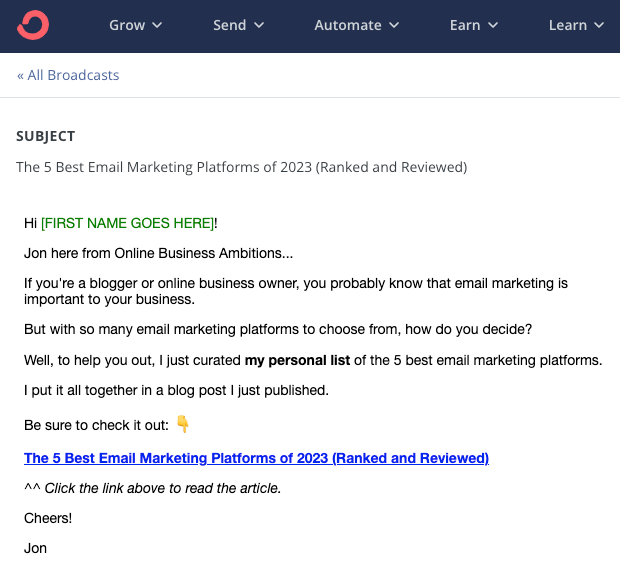
I’ve personally found that having just one well-positioned and relevant link often leads to a great click through rate, as well.
5. Clean Your List Often
Another important email marketing strategy is to clean your list often.
This means deleting inactive subscribers from your email list.
I do it based on how long since the last time a subscriber opened an email or how long since the last time they clicked on a link inside an email.
This is another case where your email marketing provider will give you that information and you can then act on it.
Now, this is subjective and likely specific to your niche. But, as the person who is most familiar with your industry and your email subscribers history, you are best suited to make that call.
For a frame of reference, I’ll often delete inactive subscribers that haven’t opened an email in the past three months.
The Importance of Email List Cleaning
When you send emails to cold email addresses, it can lead to a high bounce rate and that can harm your sender reputation. A poor sender reputation can result in your emails being marked as spam, causing a decrease in deliverability rate, even for emails that are not otherwise spam.
Regularly cleaning your email list helps to reduce your bounce rate and maintain a high deliverability rate.
The Cost of Not Cleaning Your Email List
Email marketing service providers often charge based on the number of subscribers on your list. By removing inactive subscribers, you’ll reduce your overall subscriber count and your cost.
It’s not worth paying for subscribers who don’t open emails. Better to just remove them.
Re-engagement Campaigns
One of the best email campaigns is a re-engagement campaign where you try to re-engage inactive subscribers.
This is usually a last-ditch effort before removing a subscriber once and for all.
The way you do it, is you send targeted emails to those who have ignored all your recent emails and appear to have lost interest.
Start with an email subject line that says something to the effect of “Looks like we’re about to break up” or some other humorous line.
From there, use your creative writing skills to craft a series of emails that remind your subscriber why they joined your list in the first place. Be sure to use catchy email subject lines with each email you send to entice them to open.
You should also re-explain the value you offer and why they should want to remain on your subscriber list.
But, if after sending them your emails and they still didn’t open any of them, don’t hesitate to remove them from your list at that point. You tried as best you could.
6. Optimize for Mobile Devices
These days, everyone is on their mobile device scrolling through social media and their email.
Given that fact, there’s no doubt that an important email marketing strategy is to ensure that your emails look great on mobile devices.
Here is an example of an email I sent that was optimized for a mobile device and how it looks on my iPad:
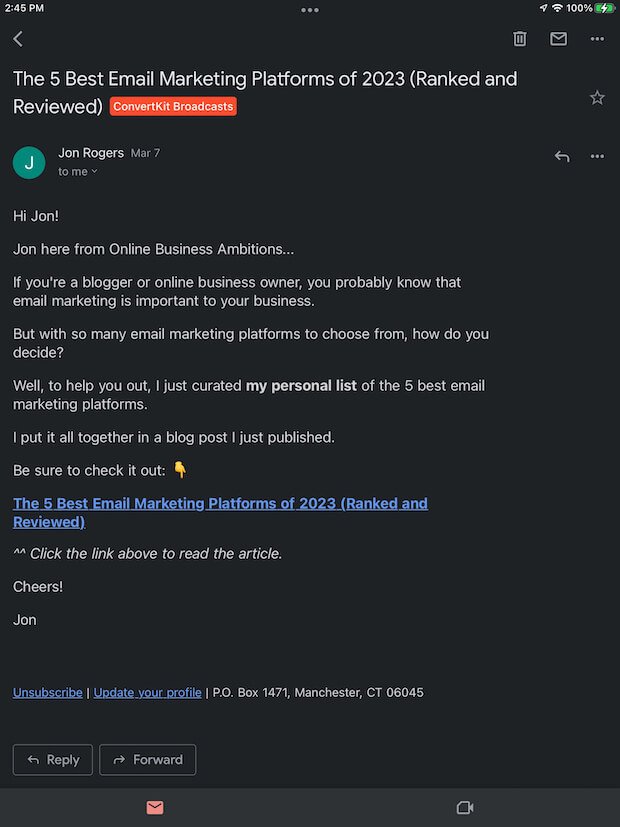
By ensuring that your emails are optimized for mobile, they’ll be easier to read and navigate (as you can see from the picture above).
Plus, your marketing emails will have a better chance of being read and your click through rates should be better.
7. Have a Well Thought Out Email Marketing Campaign
A well-thought-out email marketing campaign can help you build relationships with your subscribers, increase engagement and achieve a better ROI.
It’s an essential component of any digital marketing strategy and can be a smart way to grow your business.
A good email campaign can also help build brand awareness and loyalty by keeping your brand top-of-mind with your subscribers.
By delivering valuable and relevant content, you can establish yourself as a trusted authority in your industry and build long-term relationships with your subscribers.
Understanding the importance of successful email marketing campaigns, the next question becomes how to plan one out and implement it.
An Example of an Effective Email Marketing Campaign

Imagine you own an online retail store, and you want to promote a new line of luxury handbags. Here’s how you could plan a winning campaign, step by step:
- Segment your audience. Start by segmenting your email list based on past purchases, location or other demographics to target the most relevant audience for your new line of handbags.
- Craft a compelling subject line. Your subject line should be attention-grabbing and reflect the content of your email. For example, “Spring into Luxurious Style with Our New Line of Handbags” could be a good subject line for this particular email campaign.
- Design an eye-catching email. Use high-quality images of your new handbags and create an email that’s visually appealing and easy to read. Be sure to include a clear call-to-action (CTA) that encourages subscribers to click through to your website to browse the new products.
- Create a sense of urgency. To get subscribers to take action, consider adding a limited-time offer or a special discount for the new line of handbags.
- Personalize the message: Use your subscriber’s name and any other personalization techniques you have to make the email feel more personalized and relevant.
- Test and optimize. Before sending the email to your entire segmented list, test different subject lines, CTAs, and other elements to see what works best. Use the data from your tests to optimize your campaign for better results and for future campaigns.
- Create follow-up emails. One email isn’t going to be enough for a successful email campaign. You’ll need to create follow-up emails to keep reminding your subscribers about your new offer. For example, talk about the benefits and features of the handbags over the course of a few emails.
- Added to cart, but didn’t buy? Effective email campaigns often include emails based on customer data. A great piece of data to look at is which subscribers added an item to their cart, but didn’t finish the purchase. Send those customers follow-up emails reminding them they still have an item in their cart and entice them to come back and finish the purchase.
By following these steps, you can create a well-thought-out email campaign that targets the right audience, delivers a compelling message and generates high engagement and conversions.
How Can I Improve My Email Marketing Strategy?
You can improve your email marketing strategy by using a proven email marketing and automation platform, making use of attention-grabbing subject lines and creating effective email marketing campaigns.
Is Email Marketing Effective?
Yes, email marketing is effective when using the right email marketing strategy to engage with your subscribers, create campaigns, build trust and sell your products or services.
How Do You Measure Success in Email Marketing?
Key measures of success include high open rates, good click through rates and above all, high ROI from your email marketing campaigns.
What Strategies for Email Marketing Should Be Avoided?
Avoid the strategy of sending unsolicited emails. This includes sending emails to subscribers from purchased, third-party lists that have not given you explicit permission to send emails to them.
Conclusion
I hope you found value from these seven strategies for email marketing.
And I’d love to hear any effective email marketing strategies that you might like to share with us in the comments below.
What has worked for you?



